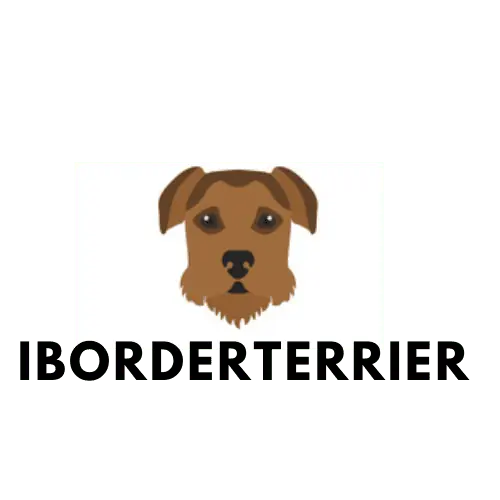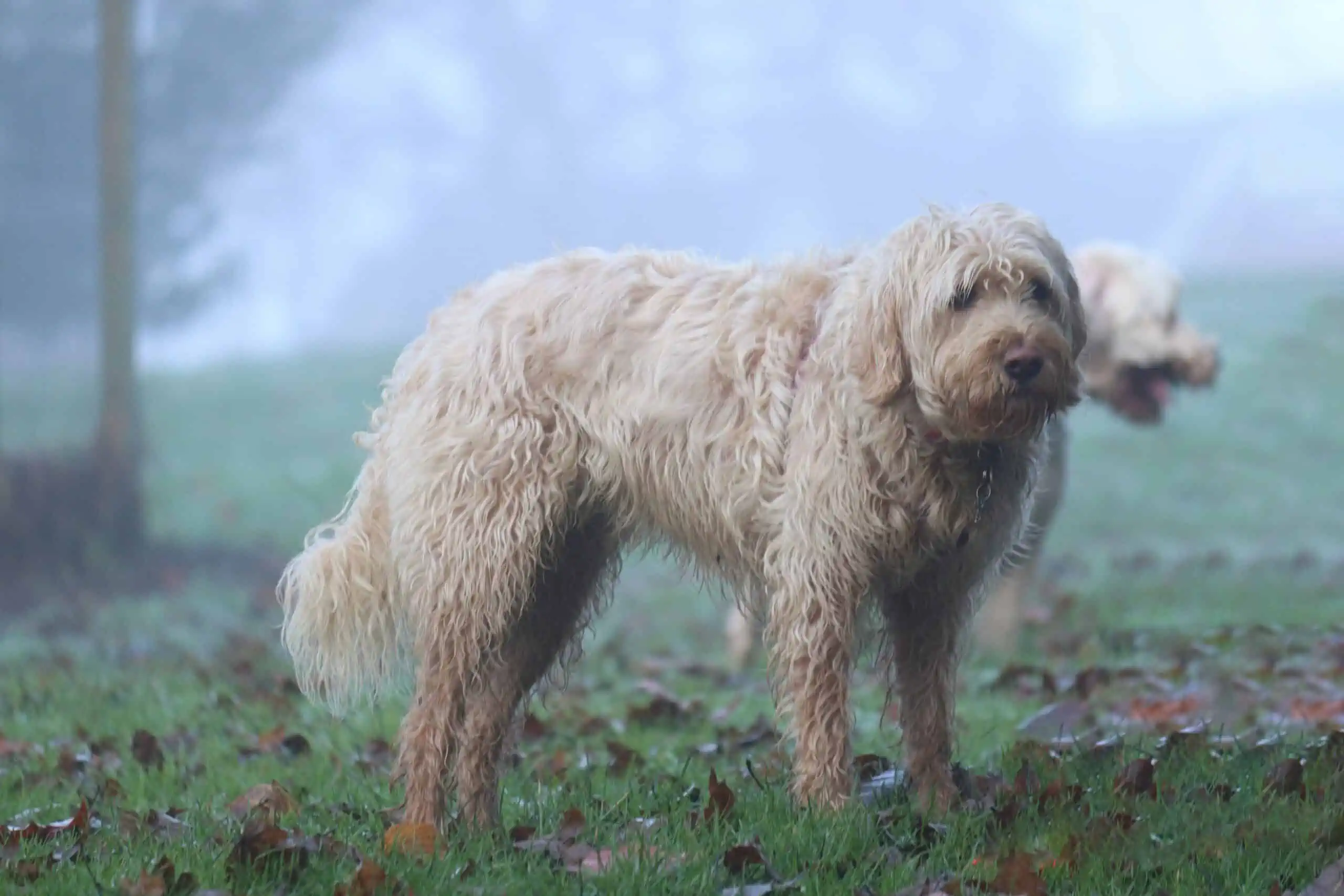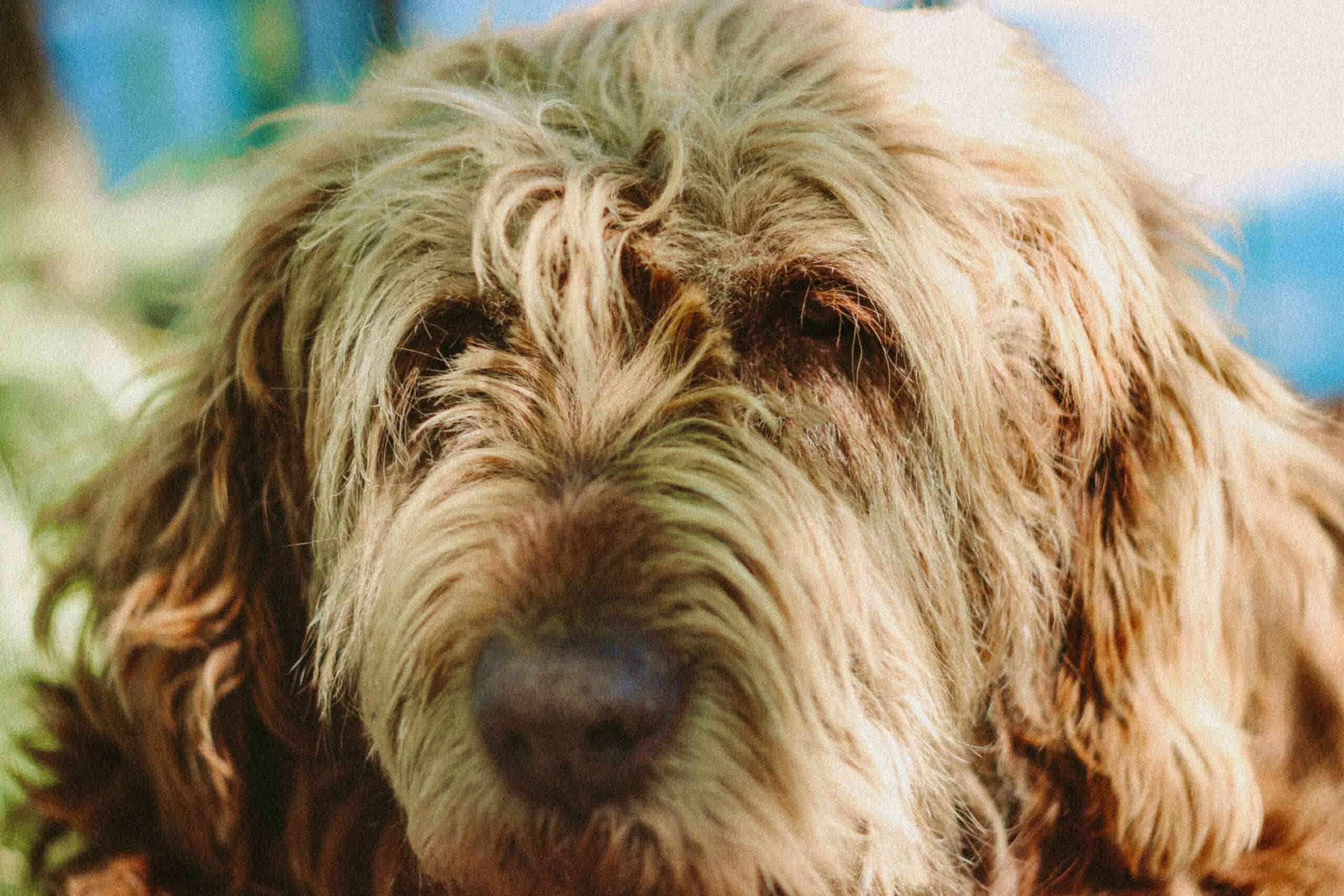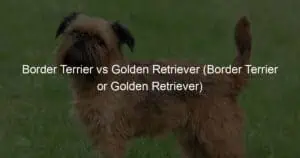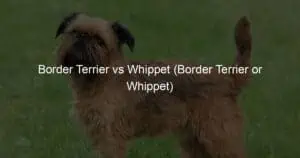When it comes to choosing a furry friend, there are a lot of factors to consider. Two popular choices for anyone looking for a four-legged companion are the border terrier and the otterhound. Both breeds have a lot to offer, but they also have some distinct differences.
Size And Appearance
For starters, border terriers are much smaller than otterhounds. They typically weigh in at around 20 pounds, while otterhounds can reach up to 120 pounds.
Border Terriers And Otterhounds: Other Differences In The Appearance
Border Terriers and Otterhounds are two breeds of dogs that are often confused with one another. Border Terriers are small, compact dogs with a Border collie-like appearance.

They typically weigh between 11 and 15 pounds and stand between 13 and 16 inches tall at the shoulder. Border Terriers have a rough, wiry coat and a medium coat length and come in a variety of colors, including black, brown, blue, cream, and red.
Otterhounds are much larger than Border Terriers, weighing anywhere from 50 to 60 pounds. They also stand much taller at the shoulder, measuring between 22 and 27 inches. Otterhounds have a shaggy, double coat that is thick and oily.
The outer coat is coarse and waterproof, while the undercoat is soft and dense. Otterhounds come in a variety of colors, including black, brown, tan, grizzle, and otter (a mix of brown and silver).
Health And Lifespan
Border terriers typically live for 10-12 years, while otterhounds have a life expectancy of 8-10 years. In terms of health, border terriers are generally quite hardy dogs with few major health concerns.
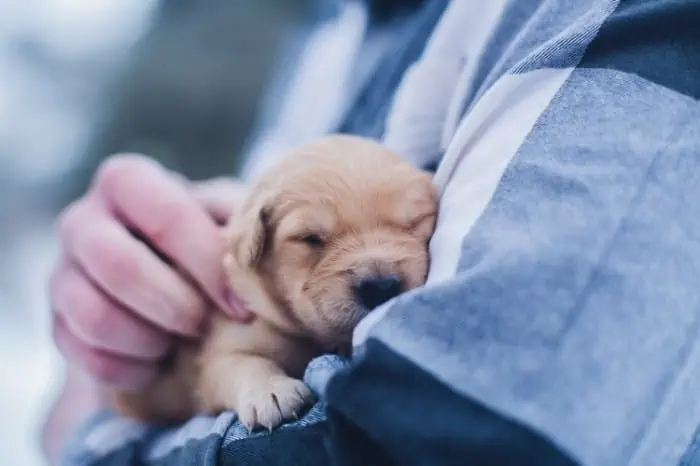
Otterhounds, on the other hand, are prone to a number of health problems, including hip dysplasia, elbow dysplasia, and ear infections. As a result, Border terriers are generally considered to be a healthier breed than otterhounds.
When it comes to Border Terrier and Otterhound health and lifespan, Border terriers come out ahead. However, both breeds make excellent hunting companions and can provide years of enjoyment for their owners.
Grooming Requirements
Both breeds have a reputation for being intelligent and independent, but they have different grooming needs. Border Terriers require less grooming than Otterhounds, making them a good choice for busy families.
Border Terriers only need to be brushed once or twice a week, and they can go several weeks between baths. In contrast, Otterhounds require daily brushing and weekly baths.
Otterhounds also need to have their ears checked and cleaned regularly to prevent infections. When it comes to grooming, Border Terriers are the easier breed to care for.
Temperament Of Each Dog Breed
Border terriers are also known for being more independent and less needy than otterhounds. They’re content to spend time on their own, and they don’t require as much attention or exercise as otterhounds.
On the other hand, otterhounds are known for being very social and affectionate animals. They love being around people and other dogs, and they need plenty of exercise to stay happy and healthy.
Training
Border Terriers are known for their tenacity and ability to track down prey, while Otterhounds are known for their swimming ability and keen sense of smell. Otterhounds were originally bred for otter hunting. When it comes to training, there are some important differences between these two breeds.

Border Terriers require a lot of patience and consistency, as they can be stubborn at times. They also need plenty of exercise, as they have a high energy level.
Otterhounds, on the other hand, are generally easier to train. They are eager and respond well to positive reinforcement and do not require as much exercise as Border Terriers.
However, they can be destructive if left alone for too long, as they tend to chew on things when bored. When choosing a breed for hunting, it is important to consider your own training style and the dog’s activity level.
Shedding
Both breeds have a few similarities: they are known for being loyal and friendly, and they make great companions. But which breed is better when it comes to shedding?
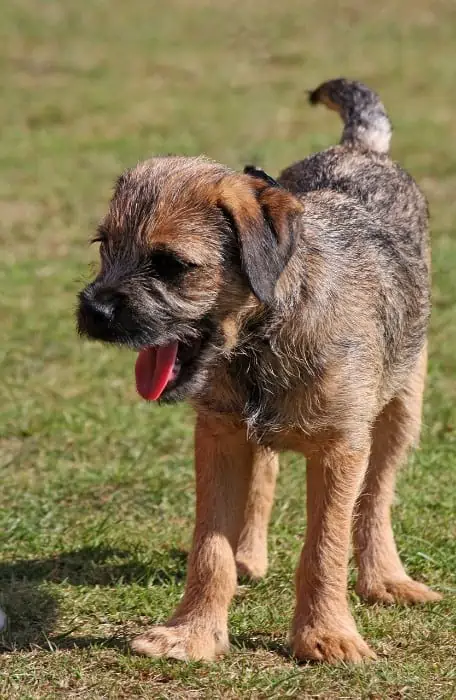
Border Terriers are a small breed of dog, and they have a double coat of fur that sheds moderately. Otterhounds, on the other hand, are a large breed of dog with a dense, waterproof coat of fur. They shed very little, making them a good choice for people who are allergic to dog hair.
Border Terriers are also known for being low-maintenance when it comes to grooming, while Otterhounds require regular brushing to prevent mats and tangles in their fur.
So, if you’re looking for a dog that doesn’t shed much hair, the Otterhound breed is the better choice. But if you don’t mind a little shedding around the house and you prefer a smaller dog, a Border Terrier may be the right breed for you.
The Two Dog Breeds As Family Dogs
Border Terriers are small, energetic dogs that are easy to train. They are also very good with children and make great companion animals.
Otterhounds, on the other hand, are large and very active dogs. They require a lot of exercise and can be difficult to train. However, they are also very gentle and affectionate dogs that make great family pets. So, which breed is the better choice for a family member?

The answer may depend on the specific needs and lifestyle of the family in question. Border Terriers may be the better choice for families who live in small homes or apartments, while Otterhounds may be a better fit for families with larger homes and yards where the dogs can run and play.
Ultimately, the best breed of dog for a family is the one that best fits the needs and lifestyle of that particular family.
Cost Comparison
Border Terriers are generally less expensive than Otterhounds, with Border Terrier puppies costing an average of $600 to $700. Otterhound puppies, on the other hand, can cost anywhere from $1,200 to $1,500.
The main reason for this difference is that Border Terriers are much more common than Otterhounds. Border Terriers are also typically smaller dogs than Otterhounds, which can make them less expensive to care for.
Which Breed To Choose?
So, which breed is right for you? If you’re looking for a small, low-maintenance dog, the border terrier is a great choice. But if you want a big, friendly dog that will be by your side always, the otterhound is the way to go. Whichever breed you choose, you’re sure to have a loyal friend for life.
What are the origins and histories of Border Terrier and Otterhound?
The Border Terrier has its origins in the Cheviot Hills of northern England and Scotland, where it was used to hunt foxes. It is believed that the breed is descended from the now-extinct Old English Black and Tan Terrier, which was crossed with other breeds such as the Bedlington terrier.
The modern Border Terrier first appeared around 1870 and is still popular today due to its lively and affectionate personality. The Otterhound originated in medieval Europe, where it was used by hunters to locate and drive out otters from streams and rivers.
Its exact ancestry is unclear but likely includes several breeds including the Bloodhound, Foxhound, Irish Wolfhound, Harrier, and possibly even some Griffon-type dogs. The Otterhound is a rare breed today, but it was once a popular hunting dog in England and the United States.
Its powerful nose and strong swimming abilities make it an ideal water dog, and its size and strength make it suitable for both small game hunting and trailing. The Border Terrier has been recognized by the American Kennel Club since 1930 while the Otterhound was accepted into the AKC’s Foundation Stock Service in 2009.
Whether you own one or both breeds, they will be a loyal and loving addition to your family.
How do Border Terriers and Otterhounds differ in terms of Dietary needs?
The Border Terrier is a small breed that typically weighs between 11-16 pounds, so its energy requirements are relatively low compared to other breeds. It does best with a diet high in proteins and complex carbohydrates like whole grains and vegetables for sustained energy throughout the day.
As for treats, it’s important to ensure that anything you feed your Border Terrier is low in fat and sugar content as these can lead to weight gain. As for the Otterhound, this large breed typically weighs over 80 pounds and requires a much higher caloric intake than the Border.
This breed is highly active and will need more protein to maintain muscle mass and energy levels. A diet high in complex carbohydrates and healthy fats is recommended to provide the necessary nutrients for Otterhound’s active lifestyle.
It’s also important to ensure that treats are low in fat and sugar content as these can be detrimental to their health.
How much exercise does a Border Terrier need compared to an Otterhound?
The Border Terrier and the Otterhound are both active breeds that require plenty of exercises to remain healthy and happy. The Border Terrier is an adaptable breed that loves to participate in a variety of activities, from long walks on the beach to agility competitions.
This breed typically needs at least one hour of exercise each day, with additional playtime as desired. For the Otterhound, much more exercise is required due to its large size and energy levels.
This breed will need a minimum of two hours of moderate-to-strenuous activity each day to maintain its health and well-being. Swimming can be especially beneficial for this breed as it builds muscle mass while providing cardiovascular benefits.
Both breeds should have access to a securely fenced yard or another outdoor area to explore and play. They also need plenty of mental stimulation through puzzle toys, interactive games, and socialization with other dogs. Ultimately, both breeds require regular exercise to remain healthy and fit.
How do the personalities of Border Terriers and Otterhounds compare?
The personalities of the Border Terrier and the Otterhound differ greatly, despite their similar sizes and looks. The Border Terrier is known for its lively and affectionate personality, often described as being an “all terrier”.
These dogs are confident and alert, with a strong prey drive that makes them excellent companions for active households. They also have an independent streak which makes them somewhat more challenging to train than some other breeds.
On the other hand, the Otterhound has a gentle and friendly personality that can best be described as laid-back yet alert. This breed gets along well with people and other animals, but they do require consistent training to keep their notorious wanderlust in check.
Both breeds love activity and make excellent companions for active households. Ultimately, the Border Terrier is better for experienced owners, the Otterhound is usually an easier breed to train and socialize.
Are border Terrier hypoallergenic than Otterhound?
In terms of allergens, it is unclear whether Border Terriers or Otterhounds are more hypoallergenic. Both breeds shed their coats regularly and produce dander, which can be a trigger for people with allergies.
However, it appears that the Border Terrier produces less dander than the Otterhound, making it potentially better for people with allergies. That being said, individuals who suffer from allergies should spend time with both breeds to determine which one is best suited to their needs.
In general, regular grooming and vacuuming can help reduce allergens in the home regardless of the breed you choose. Ultimately, all dogs come with some risks when it comes to allergies and there is no guarantee that any particular breed will be completely hypoallergenic.
What are the pros and cons of getting a Border Terrier 0r Otterhound?
The pros and cons of getting a Border Terrier or an Otterhound depend largely on your lifestyle and the amount of time you can devote to exercising, socializing, and caring for your pet. The Border Terrier is a small breed with a lively personality that makes it an ideal companion for active households.
This breed is relatively easy to train, but they do require regular exercise, mental stimulation, and socialization to remain healthy. They are also prone to barking when left alone for too long.
On the other hand, the Otterhound is a large breed with an even temperament and laid-back attitude. They require more exercise than the Border Terrier to stay fit, but they are generally easier to train due to their good-natured nature.
They are also prone to wandering and have a strong prey drive, so they need to be supervised when outdoors. Ultimately, both breeds make wonderful companions for active households that can provide them with the necessary exercise, training, and socialization. It is important to weigh the pros and cons of each breed before making a decision on which one is best for you.
| Characteristic | Border Terrier | Otterhound |
|---|---|---|
| Breed Size | Small | Large |
| Height | 11-16 inches | 24-26 inches |
| Weight | 11-15 pounds | 65-115 pounds |
| Coat Type | Rough | Shaggy |
| Coat Color | Red, grizzle and tan | Any hound color |
| Life Expectancy | 12-15 years | 10-13 years |
| Temperament | Energetic, loyal, and intelligent | Sociable, affectionate, and independent |
| Grooming Needs | Moderate | High |
| Exercise Needs | High | High |
| Trainability | High | Moderate |
| Good with Children | Yes | Yes (with socialization) |
| Good with Other Pets | Yes | Yes (with socialization) |
It’s a Wrap
When deciding between a Border Terrier and an Otterhound, it is important to consider the breed’s history, dietary needs, exercise requirements, personalities, and potential allergens.
The Border Terrier is a small breed with plenty of energy and intelligence while the Otterhound is larger with more relaxed temperament. Both breeds need regular exercise and mental stimulation in order to remain healthy and happy companions for active households.
Ultimately, both dogs make wonderful additions to any family as long as they are provided with proper care and attention. Whichever dog you choose will be sure to bring years of joy into your home!
